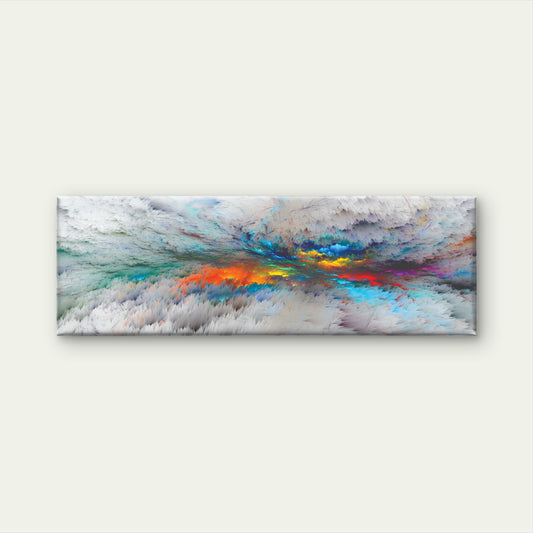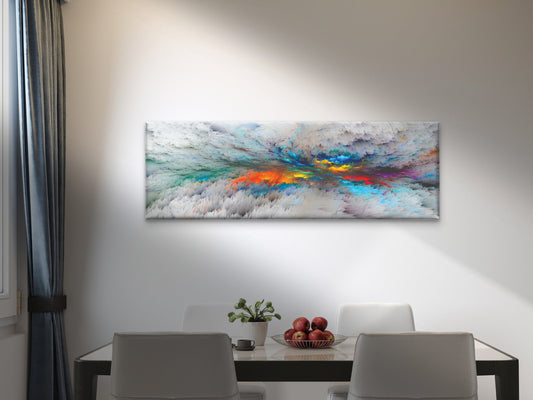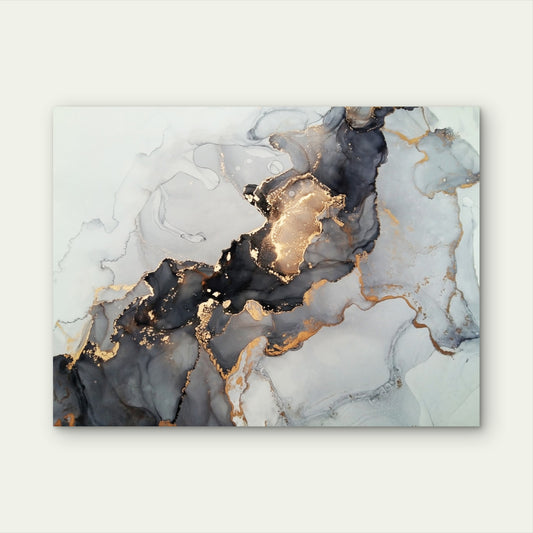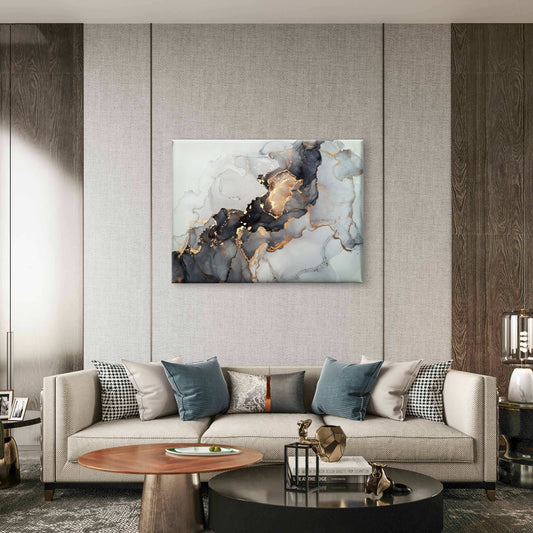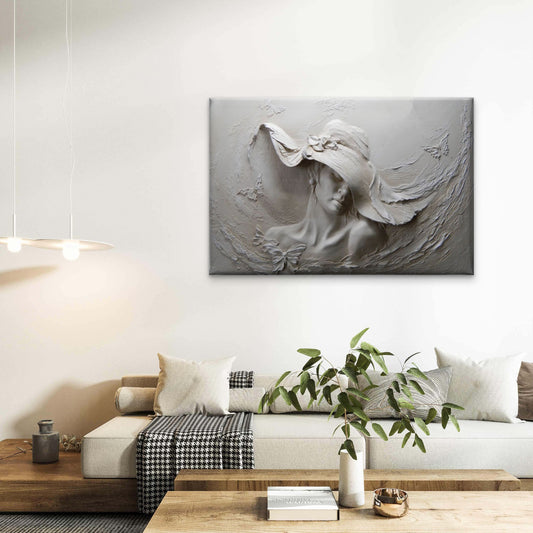When it comes to decorating your home, wall art is a statement piece that can completely transform a space. However, one common mistake many homeowners make is selecting artwork that’s either too large or too small for the room it’s in. Understanding the science of scale is essential to choosing the right size wall art that complements your interior design and enhances the visual appeal of your space. In this blog post, we’ll break down how to choose the perfect wall art size for any room in your home.
Why Size Matters
The size of your wall art plays a pivotal role in creating balance and harmony in a room. Artwork that’s too small can get lost on large walls, while oversized art can overwhelm a smaller space. By understanding how to scale your artwork correctly, you can achieve the right visual impact and ensure your room feels well-proportioned and cohesive.
Factors to Consider When Choosing the Right Size Wall Art
-
Room Size and Wall Proportions The size of the room and the wall where you plan to hang your art should be your first consideration. Large, open-concept spaces require bigger, more expansive art pieces, while smaller, more intimate rooms are better suited to medium or small-scale artworks. Take measurements of your wall and calculate the appropriate size to create a sense of balance.
-
Artwork Placement Wall art should be hung at eye level to create a focal point. For rooms with multiple pieces, such as galleries or clusters, ensure the arrangement fills the wall space without overcrowding it. A well-planned layout ensures that your art doesn’t appear disjointed or out of place.
-
The 2/3 Rule A helpful rule of thumb is the 2/3 rule, which suggests that your artwork should occupy about 2/3 of the available wall space. This proportion is visually appealing and provides a sense of scale that aligns with the room’s overall aesthetics. For example, if your wall is 90 inches wide, aim for artwork that’s around 60 inches wide.
-
Style and Furniture Size The size of your furniture also impacts the size of your artwork. A large sofa or bed can be complemented with larger art, whereas a small side table or reading nook might be paired with smaller pieces. This balance ensures the artwork doesn’t overpower or get lost in the surroundings.
-
Space Between Artwork and Furniture When placing wall art above furniture, leave enough space between the top of the furniture and the bottom of the artwork. A distance of 6 to 10 inches is ideal, as it ensures a harmonious relationship between the art and the furniture, preventing the room from feeling cluttered.
Room-by-Room Guide to Selecting Wall Art Size
Living Room
The living room is often the largest space in a home, making it the perfect spot for a statement piece. Consider a large artwork or a gallery wall that stretches across the space. A single oversized piece, such as a triptych or a canvas painting, works well above the sofa to create an inviting focal point.
Ideal Size: 40” x 60” or larger, depending on the size of the wall and furniture.
Bedroom
In the bedroom, art can create a calm, relaxing atmosphere. For above the bed, choose a piece that’s wide enough to fill the space without overwhelming the room. Avoid overly large pieces that crowd the space, and instead go for art that adds subtle elegance and tranquility.
Ideal Size: 30” x 40” to 40” x 60”.
Dining Room
The dining room is another place where wall art can shine, particularly above the dining table. Choose a piece that reflects the mood of the room—whether it’s elegant, modern, or rustic. Artwork that complements the table’s size and the room’s design will create a sense of balance.
Ideal Size: 30” x 40” or 36” x 48” for larger tables.
Hallways and Corridors
In narrow spaces like hallways, smaller art pieces can be grouped together to create a gallery wall effect. Stick to pieces that are not too large, so the room doesn’t feel cramped or overwhelming.
Ideal Size: 12” x 18” to 18” x 24”.
Home Office
Your home office should be a space that inspires focus and creativity. Choose art that aligns with the room's energy and size. Larger abstract pieces can energize the room, while smaller prints might add a personal touch without causing distraction.
Ideal Size: 24” x 36” or 30” x 40”.
Tips for Achieving Perfect Wall Art Proportions
- Multiple Pieces: If you’re displaying several pieces, make sure the combined size fits within the 2/3 rule. For a balanced layout, leave even spacing between the pieces to create a cohesive look.
- Mix and Match: Mix different sizes to create a dynamic and layered look. Large central pieces surrounded by smaller artworks can create a visually interesting composition.
- Consider Framing: The frame style can affect the overall look and feel of the artwork. Opt for simple, sleek frames for modern spaces, or ornate frames for traditional rooms.
Choosing the right size wall art involves more than simply picking out a piece you love—it’s about understanding the science of scale and how art interacts with the space around it. By considering factors such as room size, furniture, and wall proportions, you can ensure that your wall art enhances your home’s design without overwhelming or underwhelming the space. Keep these tips in mind, and you’ll be sure to create a visually appealing and harmonious atmosphere in every room.
If you’re ready to elevate your space with the perfect wall art, browse our premium collection today! From contemporary paintings to elegant framed prints, we have the ideal piece to complement any room in your home.


